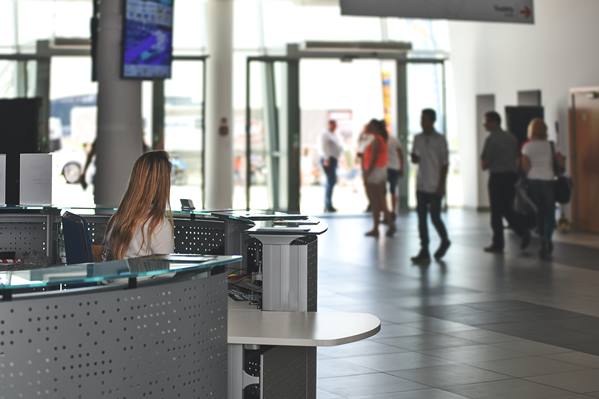
Airports serve an important role in connecting people and places. Its presence can ease the movement of people and goods from one place to another, boosting economic activity and making more services and products accessible to a bigger market.
In the past, it was enough for an airport to fulfill these functions as a vital part of the transportation system. As air travel became more popular and commonplace, however, airports also started occupying a more consequential role in one’s overall travel experience. Aside from facilitating air transportation, airports are now also expected to provide tourists with their first and last touchpoints with their destinations. Thus, a traveler’s impression and memory of their journey can be heavily influenced by their experiences while at the airport.
Offering customers the exact airport experiences that they expect has been the goal of many Philippine-based airport operations and maintenance services providers in recent years. Airports in the country such as the Mactan-Cebu International Airport have been on the receiving end of significant investments that aim to, among others, complement the positive experiences of local and international business and leisure travelers. This is for a good reason, as an airport that can consistently offer excellent customer experiences can boost its business and energize the local economy.
How Excellent Customer Experiences Gives Airports Competitive Advantage
Seamless and highly efficient airports are likely to attract more travelers who want to experience a stress-free trip. These facilities can help their immediate locations build a reputation as a good place for sightseeing, shopping, or doing business, for instance. This, in turn, will bring more business and leisure travelers, which can then prompt more airlines to operate in the area. Meanwhile, the communities around the airport are able to benefit from better business and employment opportunities.
The airports that live up to customer expectations, on the other hand, gain more loyal customers. There is a notion called “peak end theory” that proposes that people tend to judge an experience based on how they felt during its emotional peak and towards the end of the event. If an airport is able to provide satisfying experiences to customers upon emotional events such as their arrival and departure, then, then it’s likely that the facility will be recalled with fondness. It means it has earned its place in a customer’s roster of preferred destinations and airports, and it will likely receive customer preference over others airports.
Ways Airports Can Improve Customer Experiences
Airports are a bridge to different people and cultures, and this can be one of the major hurdles to providing visitors with a satisfying experience. After all, what may be acceptable to one group of people may not make the cut to others. To overcome this challenge, it’s important to provide customers with a personalized experience that meets their specific standards. It’s a task that digital technologies can address. Here’s an example of how it can be done.
Understand customer needs thoroughly
To offer a satisfactory experience to users, airport operators must have a clear understanding of the user perspective. It’s a must for airports to be designed and constructed in such a way that it’s easy for travelers in a hurry to find their way around the facility, for example. If an airport mostly caters to leisure travelers, then it might be a good idea to highlight features and decor that will set the mood for the remainder of the customer’s holiday. At the same time, the airport should also have high-speed internet and other services that business travelers will find to be useful.
Set proper expectations with travelers
People are often afraid of the unknown. Many travelers address this fear by researching as much as they can about the places they are going to visit. This is an opportunity for airport operators to make a good impression on travelers even before they arrive at the airport. By making pertinent information available on their websites or dedicated apps, airport operators can start offering practical assistance to prospective customers. They can set the customer’s expectations of the airport’s facilities so that visitors are less likely to look for features and services that the airport does not offer.
Address customer complaints promptly
Finally, airport operators must make an effort to promptly respond to inquiries from customers. They must offer a direct line where travelers can expect a reply or assistance in case something goes awry while they’re traveling. Providing a helpline to customers enables airport operators to turn what could have been a bad review into a means of converting a one-time user into a loyal customer.
Today’s airports are slowly but surely becoming attractions all on their own. To keep up with the competition and with customer expectation, airport operators must respond accordingly and maximize the analog and digital tools at their disposal to meet the changing needs and demands of their users and the business entities that they work with.




